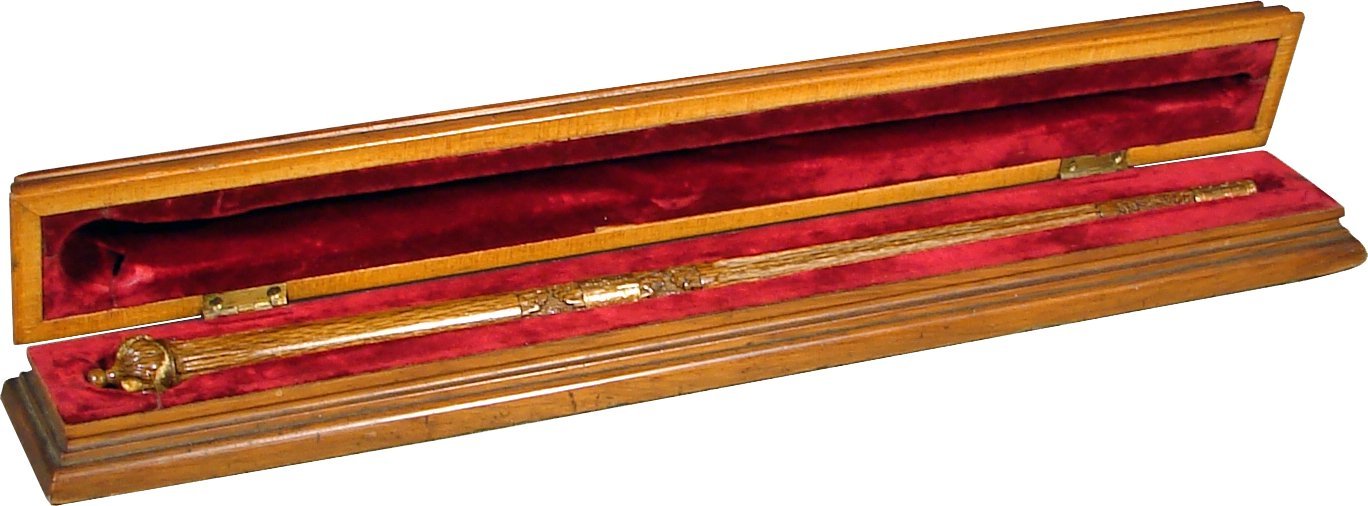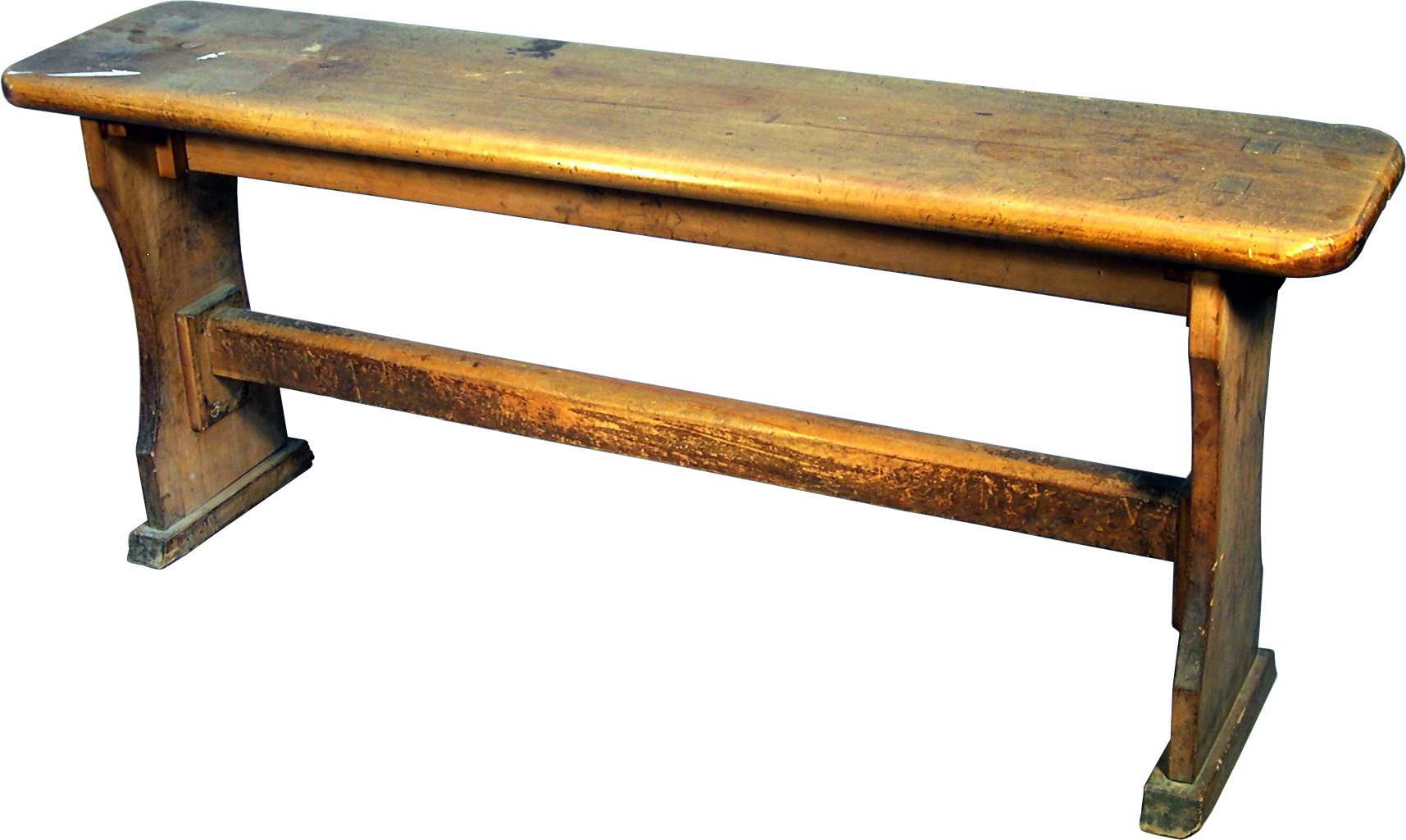![Benno Scherek. Collection of Toitū Otago Settlers Museum [Ref: B 878]](https://www.odt.co.nz/sites/default/files/story/2024/05/b878-1.jpg)

After a string of performances at the Garrison Hall, there was more great news for the city’s music connoisseurs. Scherek had decided to quit the tour and take up residence in the city. Thus, in the winter of 1880 he could be found offering his services as a music teacher here, conducting the chorus and orchestra of the Dunedin Choral Society, performing with the Private Motett and Glee Society, and headlining a soiree musicale in front of a packed house at the Temperance Hall.
One of his fellow musicians at these and subsequent performances was pianist Miss Georgiana Tewsley; and in June 1881 25-year-old Tewsley and 26-year-old Scherek were married at St John’s Roslyn Anglican Church.

Scherek again played a significant part in the festivities that marked the opening of St Joseph’s Cathedral on February 14, 1886. He wielded his conductor’s baton to direct a chorus of 60, an orchestra of 15, a harpist and an organist (Mrs Scherek).
His contribution was acknowledged with the presentation of a carved baton. Inscriptions on the baton read: "Herr Benno Scherek. A souvenir of the opening of St Joseph’s Cathedral, Dunedin, February 14, 1886. Sit laus plena sit sonora sit jucunda sit decora" [Let our praise be full, let it resonate, let it be pleasing, let it be glorious]. That baton remained in the possession of the Scherek family for more than 50 years, before being donated to the museum in 1939.

By this time the Schereks were a family of four — son Max having been born in 1882 and daughter Paula in 1883. A sister for Max and Paula arrived in 1887, but died the following year. Not long after her death, Scherek returned to touring, as conductor of the Amy Sherwin Opera Company. After eight years of calling Dunedin home, Scherek was gone.
The rest of the family stayed behind for a bit. Mrs Scherek took her husband’s place on the organ stool at St Joseph’s and continued to teach. Then she and the children headed off to join Scherek in Australia, where a further child, Jeffreys, would be born.

The baton thus symbolises two generations of producing music which lived up to the motto inscribed upon it.
"Sit laus plena sit sonora sit jucunda sit decora."








![‘‘Neil’s Dandelion Coffee’’. [1910s-1930s?]. EPH-0179-HD-A/167, EPHEMERA COLLECTION, HOCKEN...](https://www.odt.co.nz/sites/default/files/styles/odt_landscape_small_related_stories/public/slideshow/node-3436487/2025/09/neils_dandelion_coffee.jpg?itok=fL42xLQ3)



